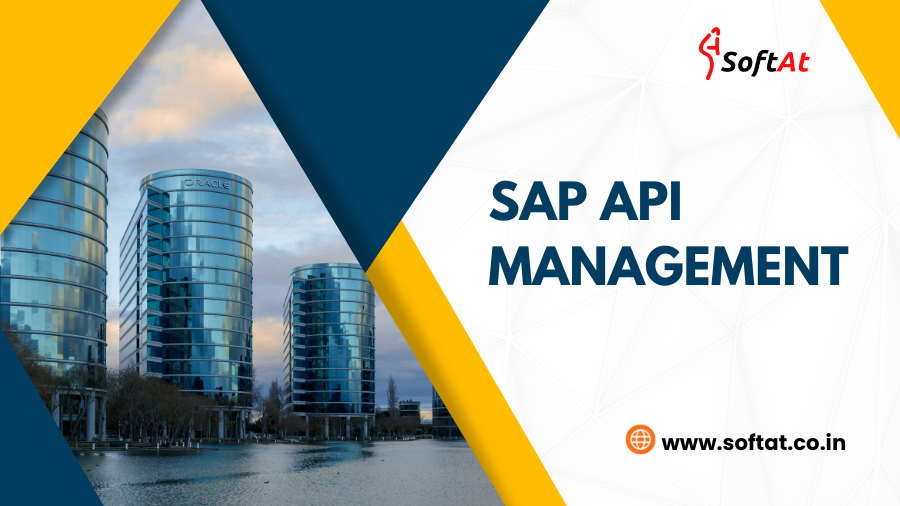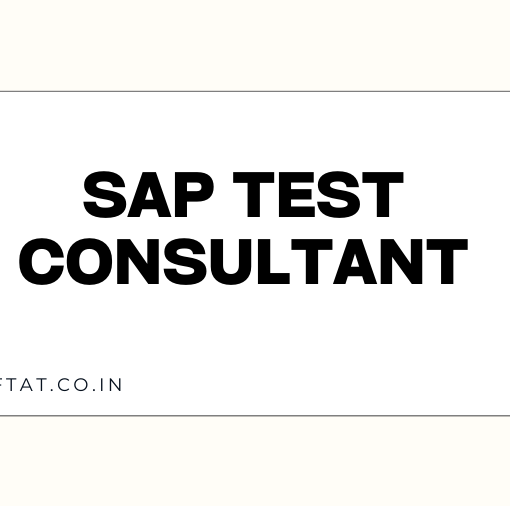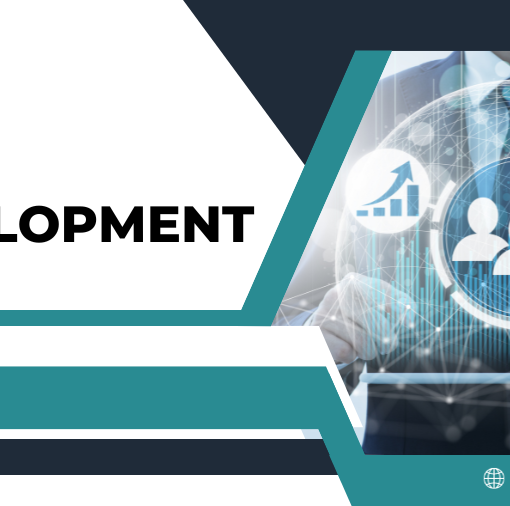In the digital age, seamless data flow is the lifeblood of modern businesses. The ability to connect systems, applications, and data sources is paramount. SAP API Management, a robust component of the SAP ecosystem, is a game-changer in achieving this connectivity. In this comprehensive guide, we will explore SAP API Management, uncovering its features, benefits, and how it can empower your organization to master the flow of data.
Understanding SAP API Management
What is SAP API Management?
It is a sophisticated platform that enables organizations to design, publish, and manage APIs (Application Programming Interfaces) effectively. It acts as a bridge between different systems and applications, allowing them to communicate seamlessly, share data, and enhance business processes.
Key Features of SAP API Management
- API Design: Create APIs with ease using intuitive design tools, making it simple to define endpoints, data formats, and security measures.
- API Gateway: Implement an API gateway to centralize the management of APIs, ensuring security, scalability, and reliability.
- API Analytics: Gain insights into API usage, performance, and user behavior with robust analytics and reporting tools.
- Security and Authentication: Enforce security measures such as OAuth and API keys to protect data and control access.
- Developer Portal: Offer a developer-friendly portal where internal and external developers can discover, test, and use your APIs.
Benefits of Implementing SAP API Management
Enhanced Connectivity
It simplifies the integration of disparate systems, enabling real-time data sharing and communication.
Scalability
Easily scale your API infrastructure to meet growing business demands without compromising performance.
Data Security
Implement robust security measures to protect sensitive data and ensure compliance with data privacy regulations.
Efficiency
Streamline processes by automating data exchange, reducing manual effort, and eliminating data silos.
Implementing SAP API Management
Assessment and Planning
Begin by assessing your organization’s integration needs and identifying the APIs required. Develop a clear implementation plan with defined objectives and timelines.
API Design and Development
Design your APIs with a focus on usability and security. Define data formats, endpoints, and authentication methods.
Testing and Documentation
Rigorous testing is crucial to ensure APIs function as intended. Provide comprehensive documentation to guide developers in using your APIs.
Security and Compliance
Implement security measures such as OAuth authentication and encryption to safeguard data and ensure compliance with regulations.
Monitoring and Optimization
Regularly monitor API performance, usage, and user behavior. Optimize APIs based on data-driven insights.
Conclusion
In conclusion, SAP API Management is a powerful solution for organizations seeking to master the flow of data. It offers enhanced connectivity, scalability, data security, and efficiency. By implementing API Management and adhering to best practices, organizations can unlock the full potential of their data and drive innovation.
FAQs
1. What is SAP API Management?
It is a platform that enables organizations to design, publish, and manage APIs effectively, facilitating seamless data communication between systems and applications.
2. How can API Management benefit my organization?
It offers benefits such as enhanced connectivity, scalability, data security, and increased efficiency in data flow and integration.
3. Is API Management suitable for small businesses?
Yes, API Management can be scaled to meet the needs of small businesses, providing cost-effective solutions for data integration.
4. What steps are involved in implementing API Management? Implementation includes assessment, API design, testing, security implementation, and ongoing monitoring and optimization.
5. Can API Management integrate with other SAP modules and external systems?
Yes, It seamlessly integrates with other SAP modules and external systems, ensuring a holistic approach to data connectivity and integration.
Free Bonuses:





